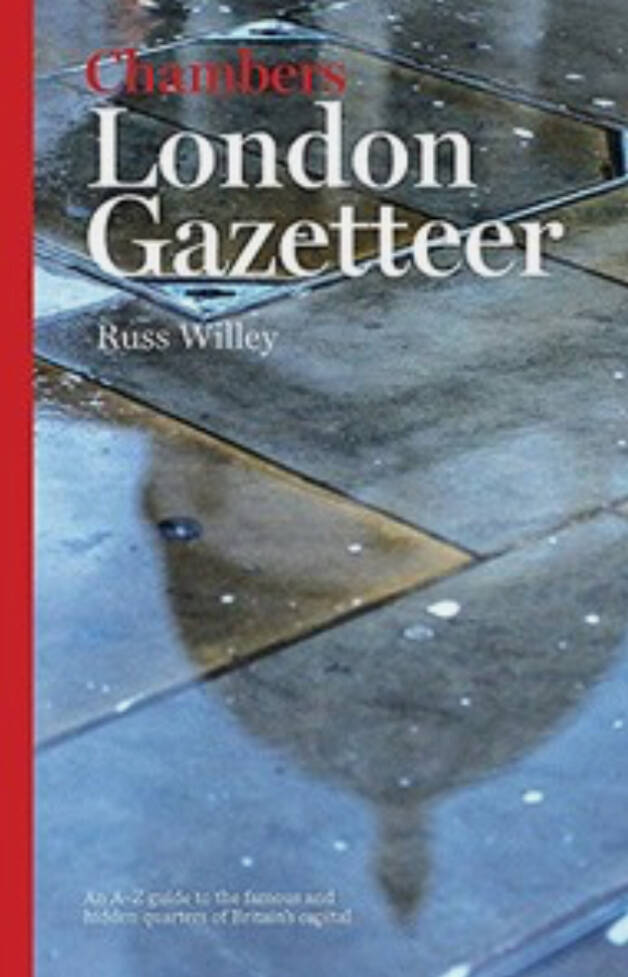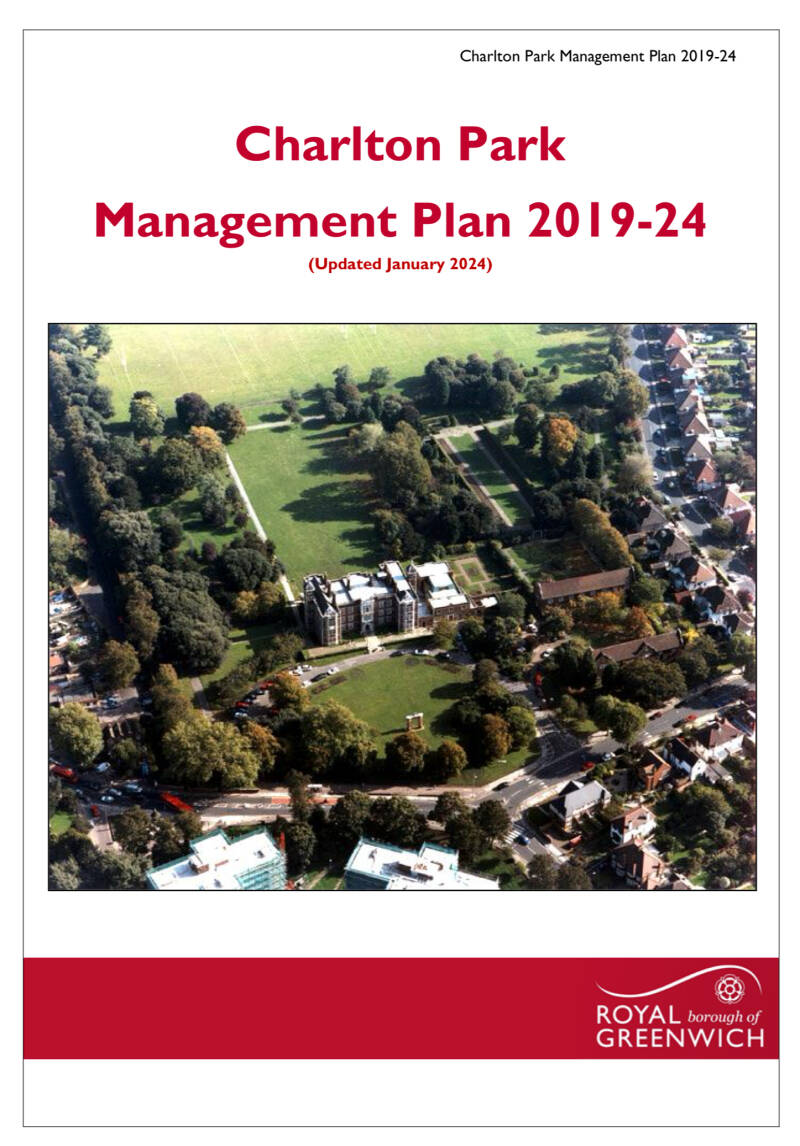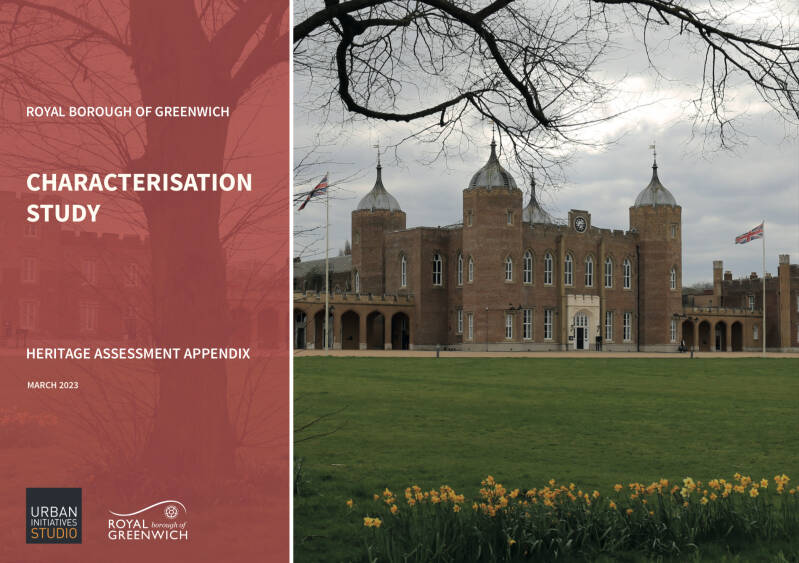
CHARLTON VILLAGE, CHARLTON HOUSE & GARDENS and down along Charlton Church Lane to the THAMES riverside
Sources

A free booklet by RGHT: https://www.greenwichheritage.org/visit/
A village?
That is right, that is the actual and fair name of the main road though CHARLTON!. The local parish church, a grand aristocratic dwelling, a couple of former inns, and a few more buildings line the road. That is, the old village centre has been preserved. More rural the atmosphere of the place, can not be!.
CHARLTON is sandwiched between GRE. and WOOL and it retains its identity. The village centre is perched on the edge of a plateau, which is an extension of the BLACKHEATH one, and it stretched through the area. From the plateau te ground slopes steeply Northwards with downhill roads along the lines of former COMBS or valleys.
The parks to the East, MARYON WILSON and MARYON, ara part of HANGING WOOD, a notorious haunt of highwaymen. A readily visible COMBE is the valley through MARYON WILSON PARK.
Romans, Saxons, Normands
For 300 years (from 50 BC) there was a large ROMANO-BRITISH Settlement around the ridge in the CHARLTON SANDPITS. It was excavated in 1915, and the finds were exhibited in the GREENWICH BOROUGH MUSEUM at PLUMSTEAD.
Later, the SAXON village was on the hill-top to the SW by the present village centre. And a church has been here since the 11th c.
William the Conqueror bestows the Manor of Charlton to his half brother, Odo Bishop of Bayeux, later passed to Robert Bloett. Popular myth suggests that men of Charlton help embroider the Bayeux tapestry. Manor of Charlton is given to the Monastery of St. Saviour, Bermondsey by Robert Bloett, Bishop of Lincoln.
The Manor of Charlton, more recently
James 1 (James VI of Scotland) sells Charlton Manor to John Erskine for £2000.
Sir ADAM NEWTON acquired the Manor in 1607. The tutor to the PRINCE OF WALES, Henry, started immediately building the HOUSE, with its extraordinary ornamentation, being completed in 1612, the year the PW died. He lived here with wife KATHERINE PUCKERING.
Newton continued in various royal appointments until his death in 1629. And he left some money to rebuilt ST.LUKE’s, parish church.
When he died, the estate passed to his son SIR HENRY PUCKERING NEWTON. As a ROYALIST, he had to leave Charlton during the CIVIL WARS, although his family continue to reside here.
1658. The estate was purchased by SIR WILLIAM DUCIE, who made additions and improvements to the house, living here in great style.
1680. SIR WILLIAM LANGHORNE, a wealthy EAST INDIA merchant, purchased the estate. He died childless in 1715 and it passed to his nephew SIR JOHN CONYERS, then it continued through SIR BALDWIN CONUERS, WILLIAM LANGHORNE GARNES, MARGARET MARYON, the Rev. JOHN MARYON and MARGARET MARIA WELLER. On her death, 1777, the property passed to her daughter JANE, married to SIR THOMAS SPENCE4 WILSON. One of their daughters another JANE, married SPENCER PERCEVAL, who became PM in 1809, being assassinated in the HOUSE OF COMMONS in 1812 (the only BritishPM to,suffer this fate). Their son SIR THOMAS MARYON WILSON inherited the manor and, thereafter, the property descended in a direct line tomSIR SPENCER MARYON WILSON.
SMW added, as an extension, the OLD LIBRARY in 1877, designed by NORMAN SHOW (echoing JACOBEAN styles).
During WW1 the house was used as VAD hospital. In 1925 the estate was sold to the COUNCIL, Part of i twas converted to a public park, part taken over by the Lac to form a playing field and athletic track,
CHARLTON HOUSE & GARDENS

B. of red brick and black mortar, a classic JACOBEAN characteristic.
It has the shape of a shallow “H”. An oblong with slightly projecting cross pieces at each end.
A richly decorated porch, which stands in a bay projecting from the middle of the West front, de orated with white stone quoins and dressings.
Internally, the house is remarkable for the original plaster-work of the ceilings, the numerous fireplaces decorated with beautiful tiling and the GRAND STAIRCASE.
Interior: GF
The PORCH admits to the MINSTREL HALL, which extends the full depth of CH. Now the tea rooms, it is a beautifully proportioned,2 storeys high, and panelled for half its height. At the WE, the MINSTREL GALLERY. The design of the flat strap-work on the ceiling is noteworthy. Above the E door can be seen the Prince of Wales PLUMES.
The GRAND OAK STAIRCASE is original, with rectangular well, heavily moulded handrail and balustrade. The strap-work and decoration becomes more ornate as you reach the second floor and the principal rooms.
On the GF, each of the doorways to the CHAPEL and WILSON ROOM (originally a dining room, now a library) bears 12 panels and at their heads have the CREST of Newton, a BOAR HEAD, and the PUCKERINGS (wife’s family), a STAG.
Interior: Second Floor
Above the MINSTREL HALL is the GRAND HALL, identical in size. The ceiling is enriched by pendants at some of the intersections, with a large PENDANT in the centre. in the W bay the 8 urial’s “JR” for JACOBUS REX and other royal devices, including the ROYAL ARMS. The E bays show the Prince of Walesfeatures, the GARTER, and the motto, “ICH DIEN”.
The marble fireplace is flanked b6 the figures of VULCAN (fire) and VENUS (love). Missing toes as a result of a V2
Adjoining the HALL, to both sides: the DUTCH ROOM and the WHITE ROOM
DUTCH ROOM: panelled ceiling, and friezes modelled with foliage, fruit and jewels. Black marble chimney piece.
WHITE ROOM: interesting fireplace and overmantel, The frieze above the fireplace has 2 subjects: the triumph of Christ and the triumph of Death.
The figures in the 3 projections represent PIETY, MERCY and PEACE. The oval panels in the centre of the over mantel show PEGASUS and PERSEUS with the head of MEDUSA and PEGASUS.
The WR leads into the 70ft LONG GALLERY: the frieze bears the design of foliage, dogs and masks, and the bold strap-work of the ceiling is varied, with 3 lozenge-shaped panels. The plaster work was recast (with the original moulds, stored in the basement!) after WW2 (V2!)
COURTYARD with BRICK ARCHWAYS
WALLED GARDENS
3 gardens joined by Yorkshire stone paths. Originally planted with fruit trees, soft fruits and vegetables. Now the 3 of them have special dedication: the AMNESTY INTERNATIONAL PEACE GARDEN, the POND GARDEN and the SENSORY GARDEN
HERBACEUS GARDENS
THE WILDERNESS
A variety of deciduous and coniferous planting forming a dense canopy in parts
ROMAN STONE CHEST
Imported in the 19th c, with strange carvings, including the CADUCEUS symbol (entwined serpents), lizards, crab… and an acorn on top
The HA-HA
At the front of the house
SUMMER HOUSE
Originally, a banqueting house, it was b. c1630, in brick, with an elegant concave roof.
In 1936 it was converted to a public lavatory, but it had to be virtually rebuilt after WW2 damage,
The design is attributed to the famous Jacobean architect IÑIGO JONES, famous for being the introductor of the PALLADIAN style in England.
MULBERRY TREE
It is said to have been ordered by king James I himself, in order to encourage the silk weaving industry and trade, with the silkworms who fed on the mulberries. That makes of it one of the oldest mulberry trees in England.
STABLES BLOCK
Contemporary to the house, two ranges survive, linked by a modern low shed. And c1700 considerable alterations were made: six Dutch style curved gables. The one to the NW ends in 3 chimney stacks topped by a weathervane with the date 1700.
The wall-ties on the W front bear the initials of Sir Adam Newton.
Now, studios and offices.Greenwich Carers Centre, Montessori Moments nursery and Greenwich Music School share now the buildings.
GATEWAY
Original, but substantially restored in the 19th c. Its position marks the original boundary of the grounds, but it’s now stranded on the lawn, as the village Green in front was enclosed in 1829 and added to the grounds.
Note the unusual CREST: cornucopias, Cor8nthian columns, and grotesque faces.

What about the village?
The “rustic” and charming DRINKING FOUNTAIN
Erected in 1902 to celebrate the Coronation of King Edward VII, as was the drinking trough nearby. It had to be rebuilt in 1983 after serious damage in a road accident.
WAR MEMORIAL
A cross of 1920.
ST.LUKE’S Church
Records suggest that a church dedicated to St Luke existed on the site around 1077.
The church operated under the aegis of Bermondsey Abbey until the Dissolution of the Monasteries.
It was rebuilt in 1630 with funds provided by Sir Adam Newton, of Charlton House.The coat of arms of one of Newton's executors, the Scottish courtier David Cunningham of Auchenharvie is displayed on the pulpit.
The 1630 work (nave, south aisle, tower, porch), constructed of Kentish red brick, forms the core of the present building, Classical but retaining Gothic windows, quite unusual for such a late date. North aisle, 1639.
Modified again in 1840 (extended with a new chancel) and finally in 1956. Remnants of chalk and flint walls have been found and may relate to the original building.
The battle ended tower and the striking S porch with a Dutch gable and the original door (a cherub!) are the main external features. The sundial is a replica of 1934.
The intimate INTERIOR is whitewashed, and with heavy pillars.
WAGON ROOF: old chancel and the first two bays. 15th c (from the previous church?) easternmost window. All the stained glass is post-war except one in the N aisle with heraldic shields (17th c). N aisle chapel of 1616, originally belonging to CH.
Furnishings/monuments (clockwise)
Large classical mon. to the NEWTONS by NICH. STONE.
In the old baptistery under the tower, large monument, more Baroque, finely carved fig., to the COUNTESS OF ARDMAGH, 1700.
Above, a wooden sounding board, previously above the pulpit
N.aisle: a tablet and the bust of SPENCER PERCEVAL, by SIR FRANCIS CHANTREY. Arms of QUEEN ANNE.19th c.hatchment. 17th c font and cover.
Monuments to the MARYON WILSON family. Monument and bus5 to ELIZ. THOMPSON, 1759.
c.1630 handsome pulpit.
S aisle: brass candlestick from the Church at Khartoum (recaptured in 1898). Monument of a man in armour to Brigadier MICH. RICHARDS, 1791. Two small brasses (1590s) from previous church. Table5bto EDWARD WILKINSON, master cook to QEI, and wife.Monument Tom general GEORGE MORRISON (mourning figure, 1799]
The church is entitled to fly the ensign that was in use prior to the 1800 Acts of UnionA. It can do so on the saint's days of St Luke and St George, in recognition of its past role as a navigational landmark for ships on the Thames
(W to E)Along The Village (that is the name of the road)
I would eat here…

THE BUGLE HORN P.H
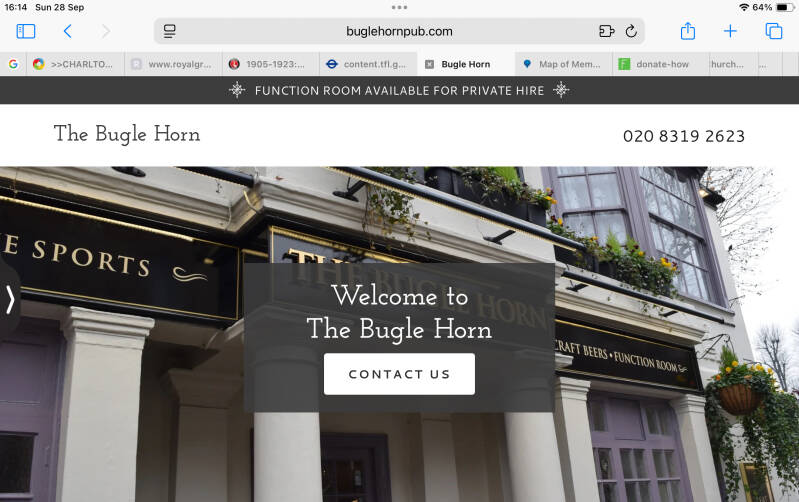
Basically 3 attached 18th c cottages with a porch, considerably altered and restored, giving rather the appearance of a mid 19th c. building
Fox hunting… So-ho!
A simple, valve-less brass instrument historically used for military signaling and hunting. The name itself comes from a combination of words: from French, it reaches back to cor buglèrand bugleret, indicating a signaling horn made from a small cow's horn. Going back further, it touches on Latin, buculus, meaning bullock. Old English also influences the modern word with bugle, meaning "wild ox
No 1
Large house of 1881, with an impressive 4 storeys tower at the rear, visible from Fletching Road
Former THE WHITE SWAN P.H.
A nice pub of 1889 (upper floor added later), symmetrical front, bold central archway. Attractive interior.
Nos. 43 and 45
Small REGENCY cottage, c1835, with an intriguing iron porch. No. 45 is mid 19th c.
Nos. 46/52
Imposing terrace of around 1890, handsome doorways, finec iron railings.
ASSEMBLY ROOMS
1881. Dutch gable. The gateway of 1897 led to the demolished DRILL HALL
Fairfield Grove
ST.LUKES HOUSES, Almshouses
The oldest part, by far, is the GF, dating from 1706. Additions of 1839 : the overhanging first floor, supported by odd tree-trunk pillars, and 2 side extensions

What about a return to CHARLTON RIVERSIDE? It is only downhill! along CHARLTON CHURCH LANE

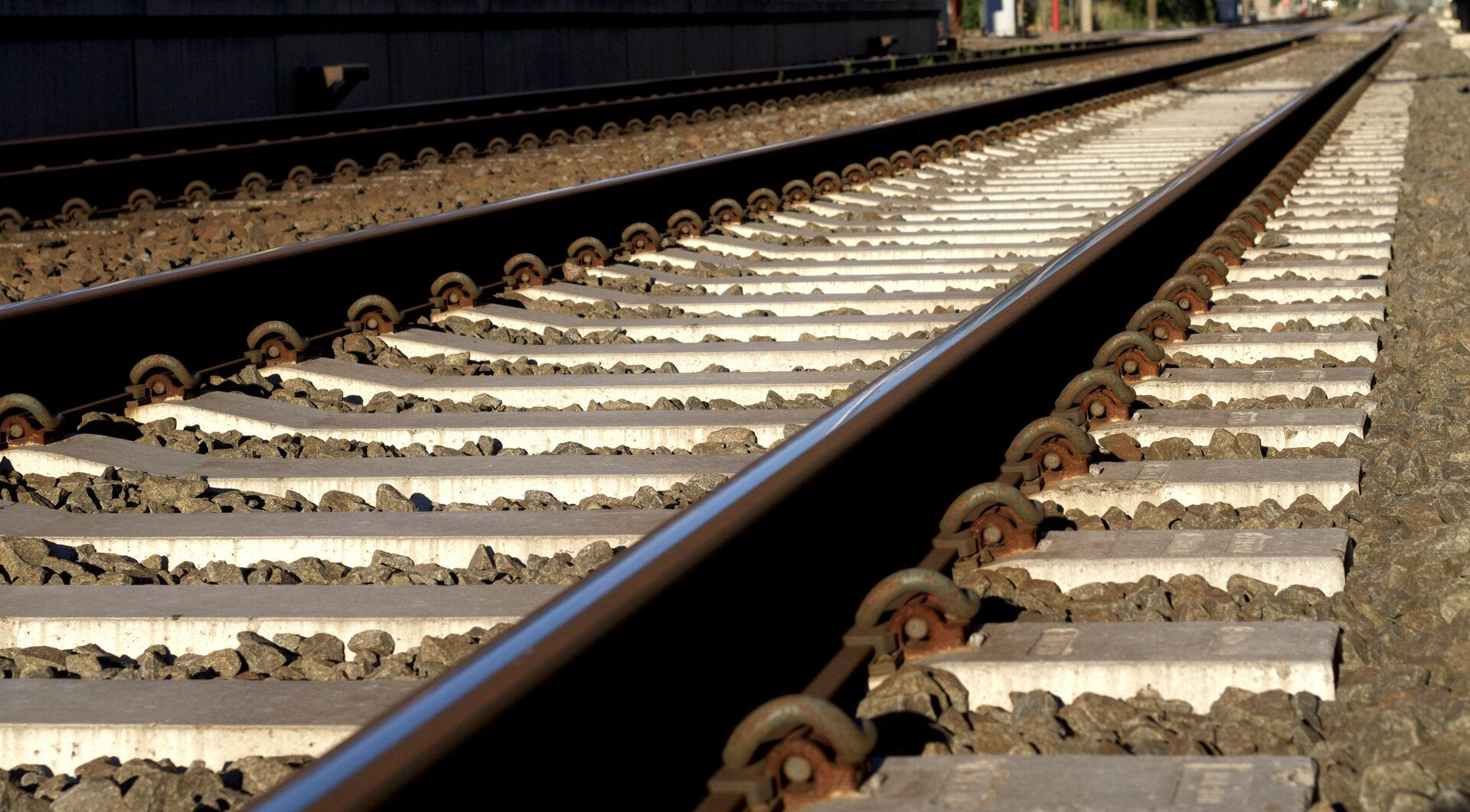
Italo Svevo

2019: At Greenwich Industrial History we read that "South East London Mercury ran a piece on 22nd September on the unveiling of a plaque to author, Italo Svevo, in Charlton Church Lane. It describes how in 1897 he had become a partner in his father-in-law, Trieste based paint company. He negotiated a contract for anti-corrosive paint with the Admiralty and came to Charlton to set up a factory in Anchor and Hope Lane - hence the plaque. Further information and a picture can be found at http://www.veneziani.it/azienda/primati.html - which is actually the web site of the Italian paint company.
Italo Svevo ha avuto un forte legame con l'Inghilterra perché ha lavorato a Charlton, Londra, per stabilire una fabbrica di vernici anticorrosive e perché l'inglese James Joyce gli ha insegnato l'inglese e lo ha aiutato a far conoscere la sua opera letteraria. Una targa blu a Charlton commemora la sua residenza
La società attuale nasce nel 1970 dalla fusione tra Fabbrica Vernici e Intonaci Sottomarini Gioachino Veneziani S.A.e Zonca Industrie Chimiche S.A..
- Fabbrica Vernici e Intonaci Sottomarini Gioachino Veneziani S.A. viene fondata a Trieste nel 1863da Giuseppe Moravia che ne affida la gestione alla figlia Olga Moravia ed al genero Gioachino Veneziani per la produzione e la commercializzazione della Vernice Moravia, prodotto sottomarino per le carene delle navi per evitare la proliferazione di alghe ed altri vegetali e realizzato con una formula a lungo segreta.[1]
I suoi prodotti riscuotono successo presso diverse marine militari, su tutte quella inglese. Nel 1903 viene aperto il primo stabilimento all'estero: a Charlton, un quartiere di Londra.
- Zonca Industrie Chimiche S.A. nasce a Venezia nel 1875 ad opera di Gaudenzio della Zonca[2].
- Lo scrittore Italo Svevo ha lavorato presso "Fabbrica Vernici e Intonaci Sottomarini Gioachino Veneziani S.A.", in quanto genero di Gioachino Veneziani, come direttore della filiale della Veneziani di Charlton, a Londra.[10]
- Il padre dello scrittore italiano Eugenio Montale era uno dei proprietari dell'azienda "G. G. Montale & C.", una delle fornitrici della Veneziani S.A.

A little diversion
THE HEIGHS
1974. Small, compact, intimate housing estate, almost like a kasbah, with an intricate network of passageways. Houses with weatherboarded ground floors. Upper floors have hung slated. The design takes good advantage of of the varying heights of the site.
THE VALLEY Stadium. CHARLTON ATHLETIC FC
Charlton Athletic was formed on 9 June 1905[2] by a group of 14 to 15-year-olds in East Street, Charlton, which is now known as Eastmoor Street and no longer residential.
Contrary to some histories, the club was founded as "Charlton Athletic" and had no connection to other teams or institutions such as East St Mission, Blundell Mission or Charlton Reds;[3] it was not founded by a church, school, employer or as a franchise for an existing ground.
The club was founded from the combination of a number of youth clubs in south-east London. Their nickname is the 'Addicks' which is supposedly derived from 'haddocks'. One of the explanations of the name, is that a local fishmonger, who helped to finance the club, would treat the players to a meal after their matches. If they lost, they would dine on the less popular cod, but a victory would secure a haddock supper.
MURAL, artwork by LIONEL STANHOPE
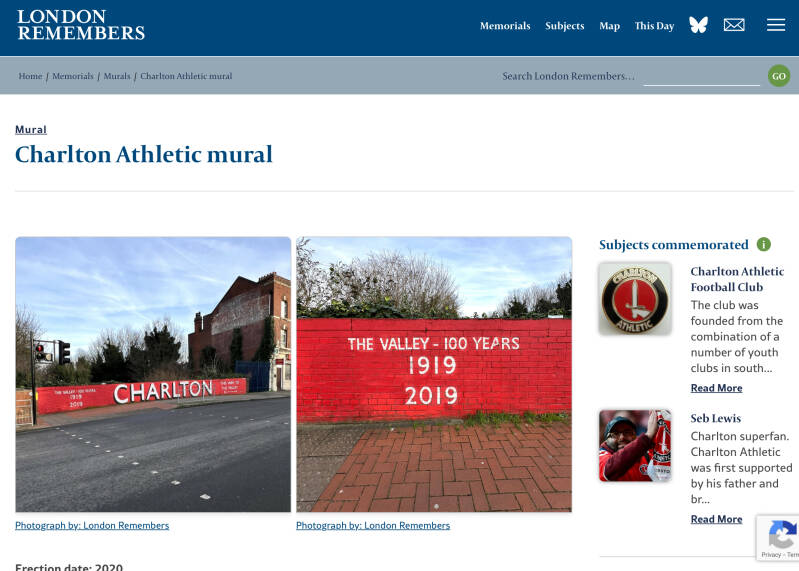
South London artist who has created work similar to the Charlton Athletic mural all over south-east London and Kent, e.g. Brockley, Hither Green, Lee, Forest Hill and Plumstead. He has completed over 25 murals – mostly large creations under bridges.
Shops and eateries
CHARLTON STATION

Buses along WOOLWICH RD. and BUGSBY WAY

Woolwich Road
GREENWICH SHOPPING PARK


Anchor and Hope Lane
Bugsby Way
Who was Bugsby?
BROCKLEBANK RETAIL PARK
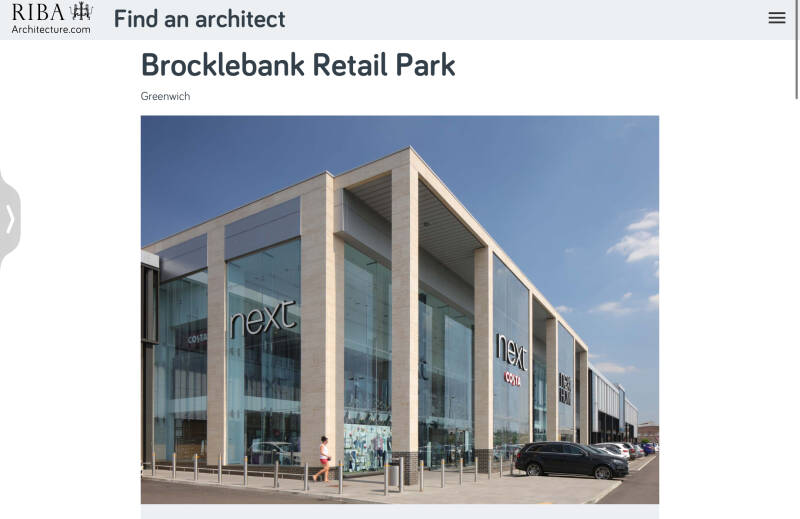
A site with unusually high pH levels… forget about shopping, now!
What a about architecture?

The Thames Path!
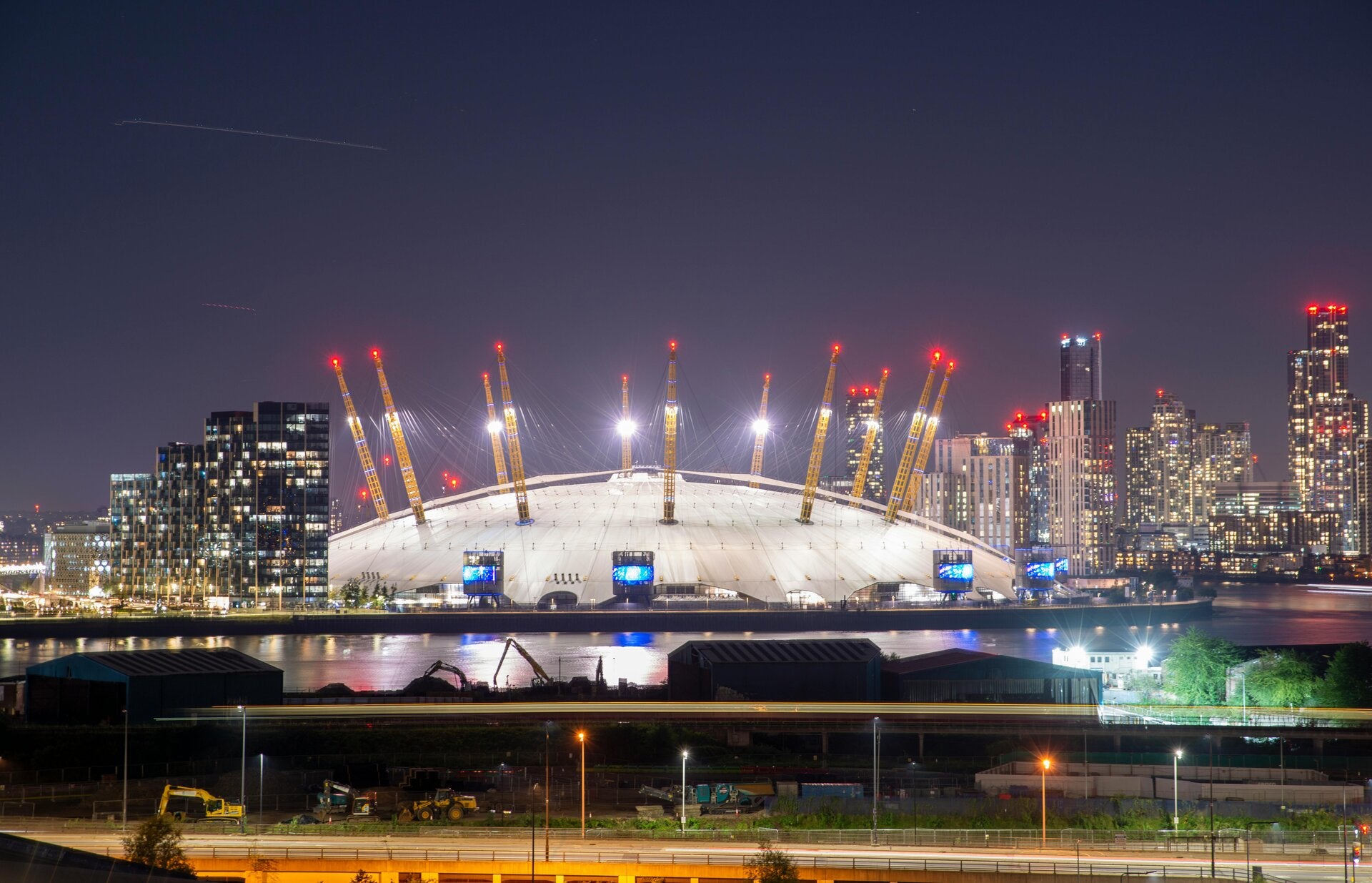
CABLE CAR
THE PILOT P.H.
<<<<<<>>>>>>
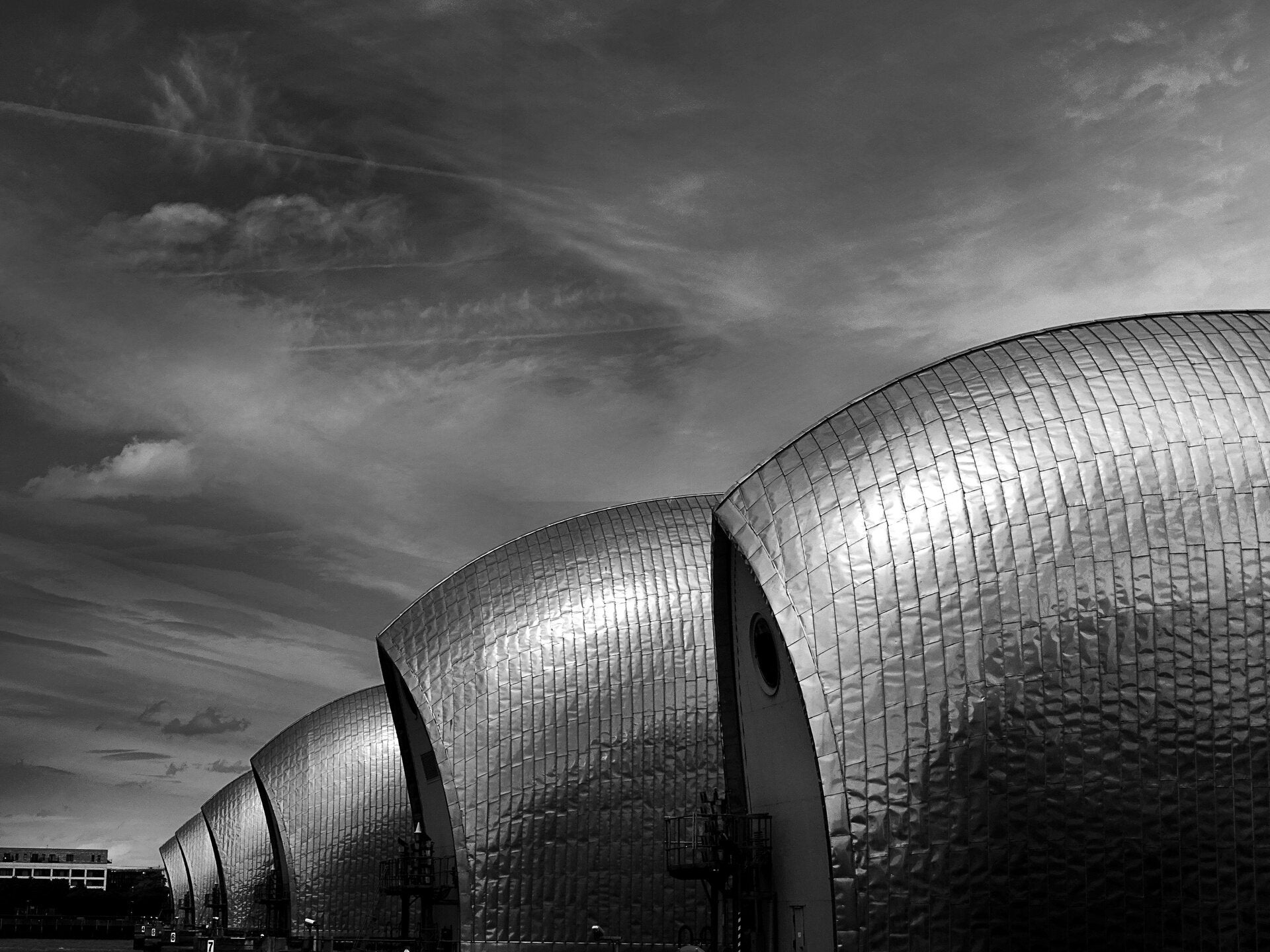
ARTS CAFÉ
OLD DOCKYARD
WOOLWICH
See SOUTH EAST LONDON (1) for the whole route from CENTRAL LONDON to ERITH


I hope you are enjoying this guide

